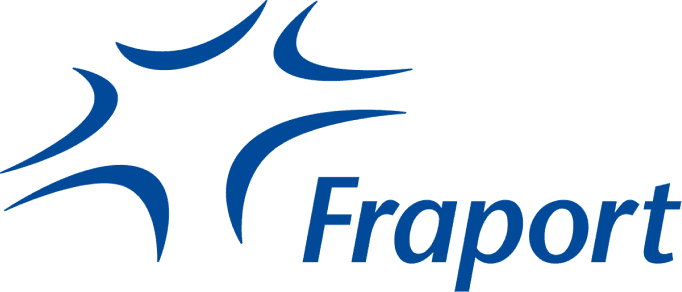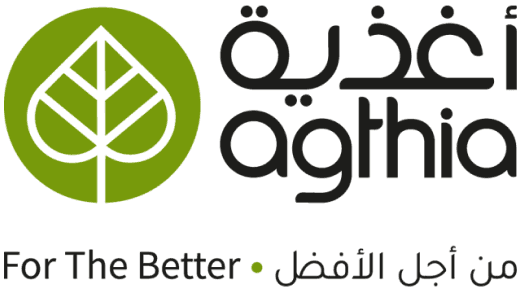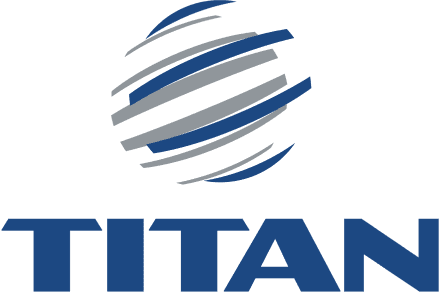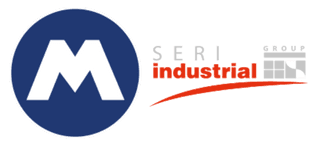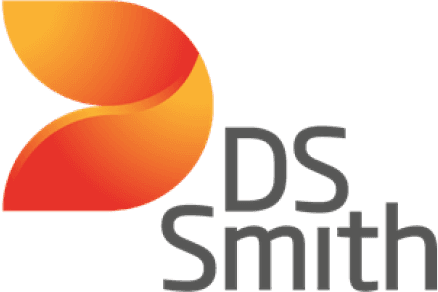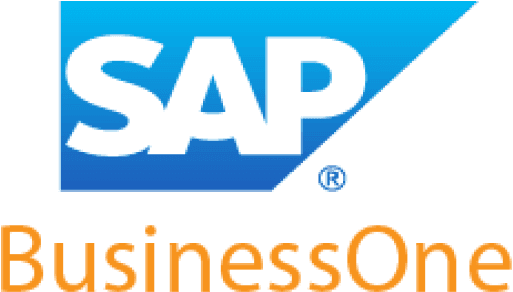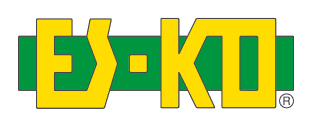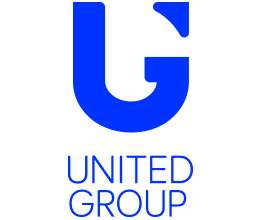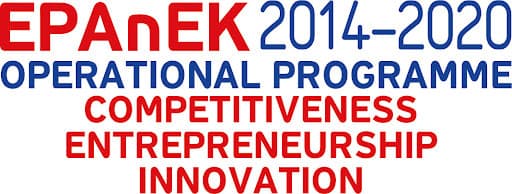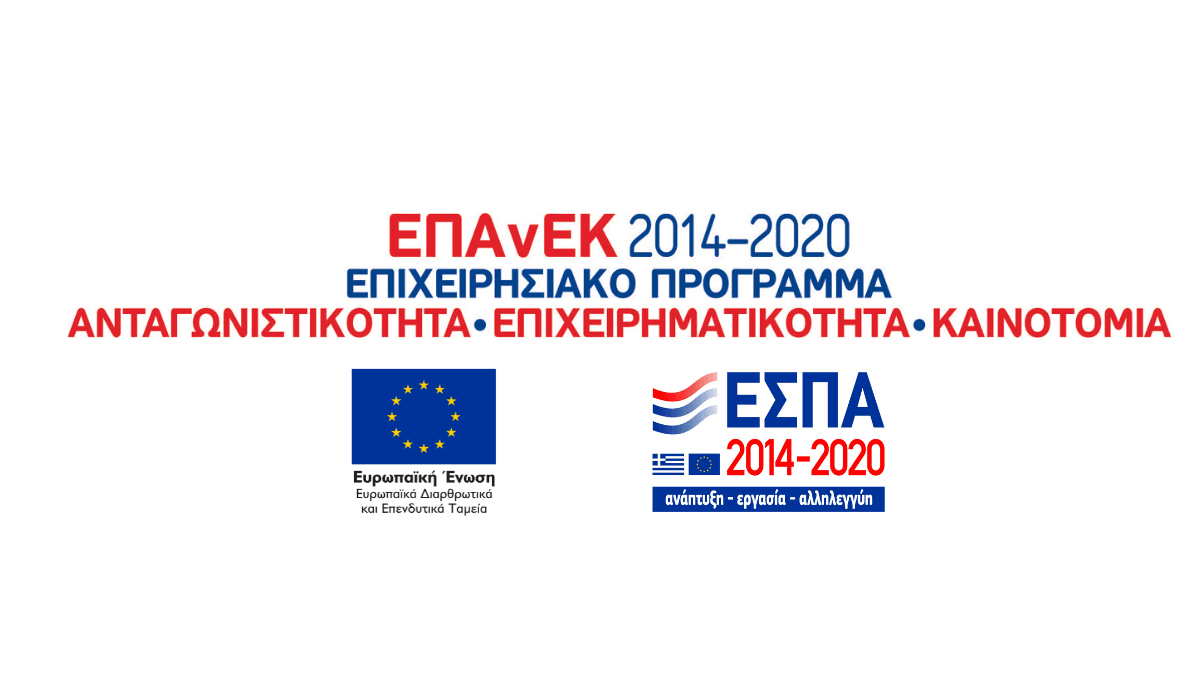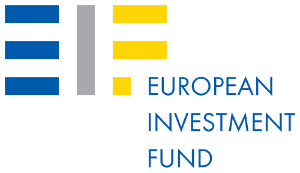DIGITIZE FASTER WITH TEKMONHEALTH & SAFETY MANAGEMENT SOFTWAREESG REPORTING PLATFORMSUSTAINABILITY MANAGEMENT SOFTWAREQUALITY MANAGEMENT SOFTWARECMMSASSET MANAGEMENT SOFTWAREMASS NOTIFICATION PLATFORM
A true no-code platform to create faster, more effective workflows. Forget spreadsheets and clunky solutions—imagine software built for you.
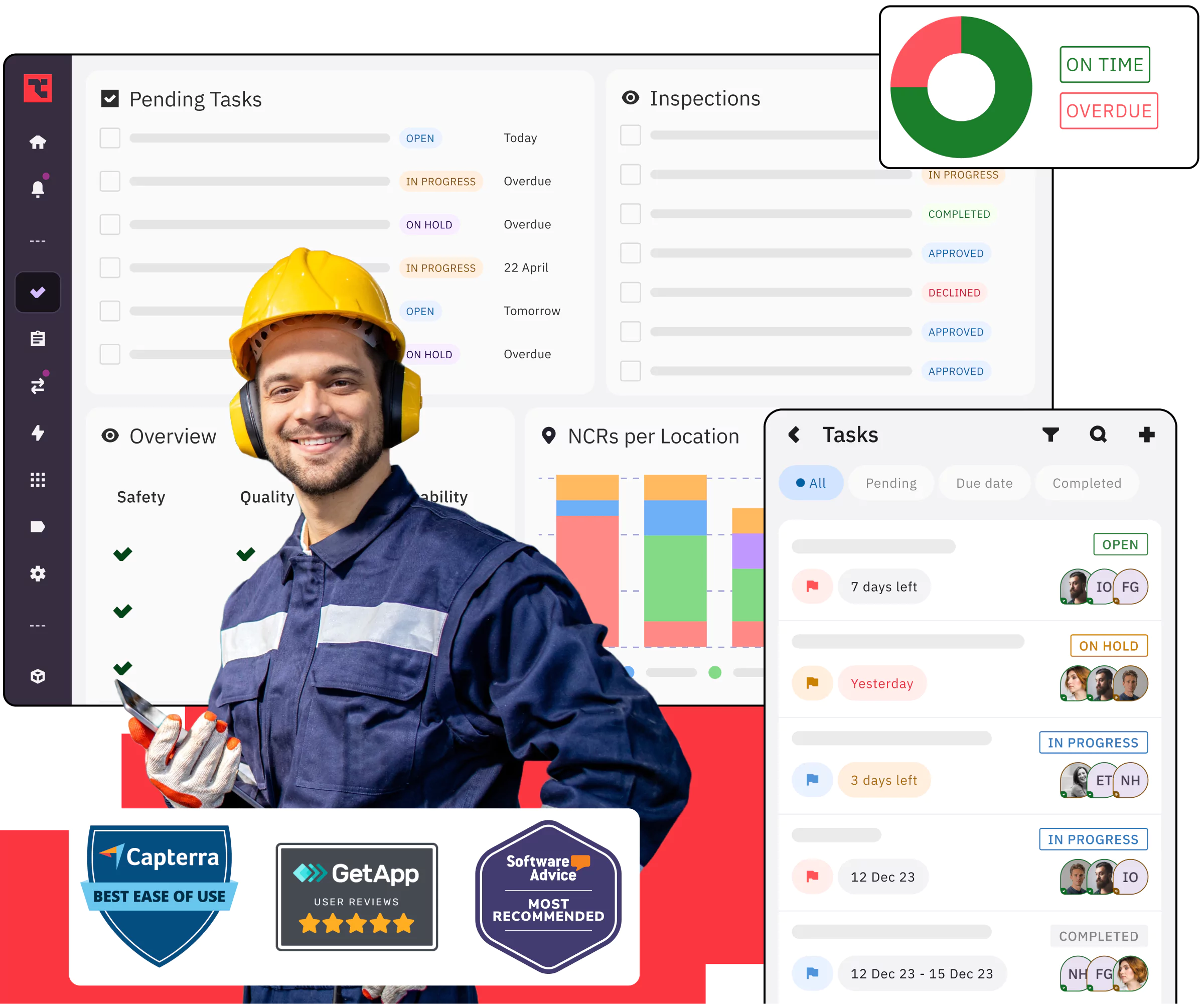

Trusted by 30,000+ users worldwide
OPTIMIZING OPERATIONS
Health & Safety
ESG & Sustainability
Quality Management
Technical Maintenance
HEALTH & SAFETY
Digitize your safety processes, from health and safety audits to work permits and risk assessments.
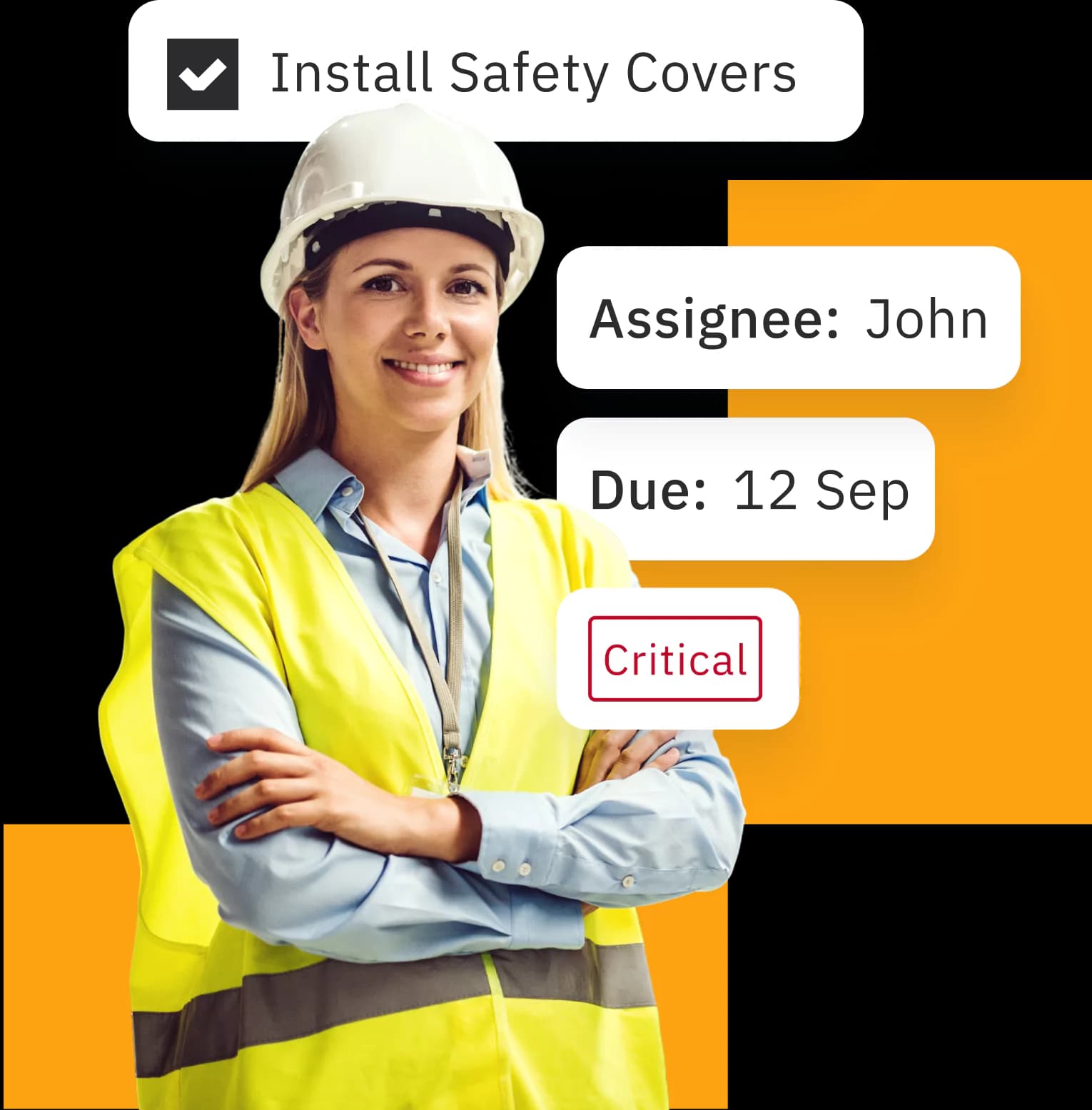
Manage safety proactively
Enable holistic Risk Management
Ensure regulatory compliance
Foster a safety culture

COLLABORATION BY DESIGN

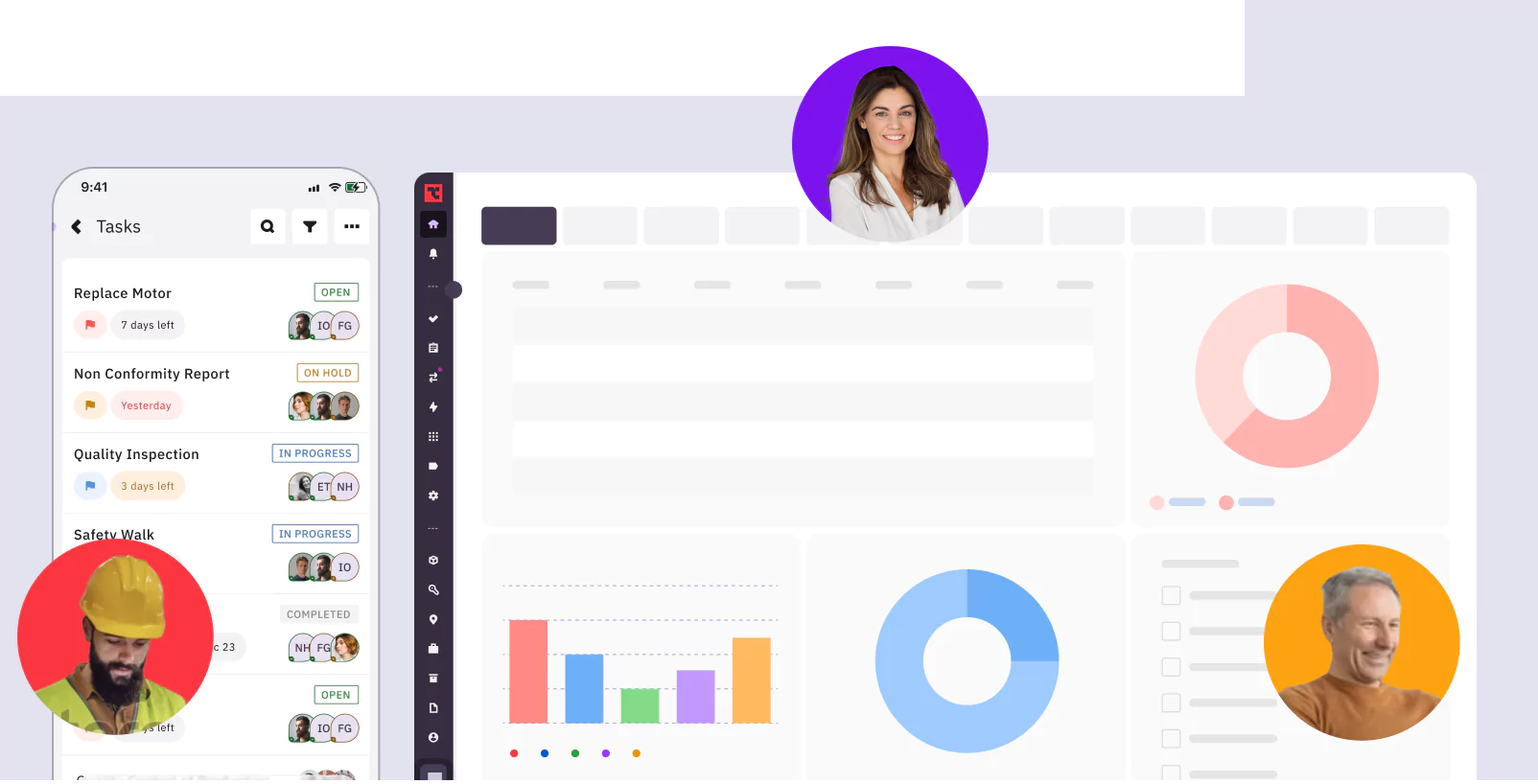
PRODUCT HIGHLIGHTS
No-Code
Easily customize the platform to fit your needs with simple drag-and-drop actions -no coding required.
Modern User Interface
An intuitive, user-friendly interface designed for simplicity, with a seamless mobile app that works offline.
AI enabled
Leverage powerful BI analytics and AI-driven tools to gain deeper insights and optimize your processes.
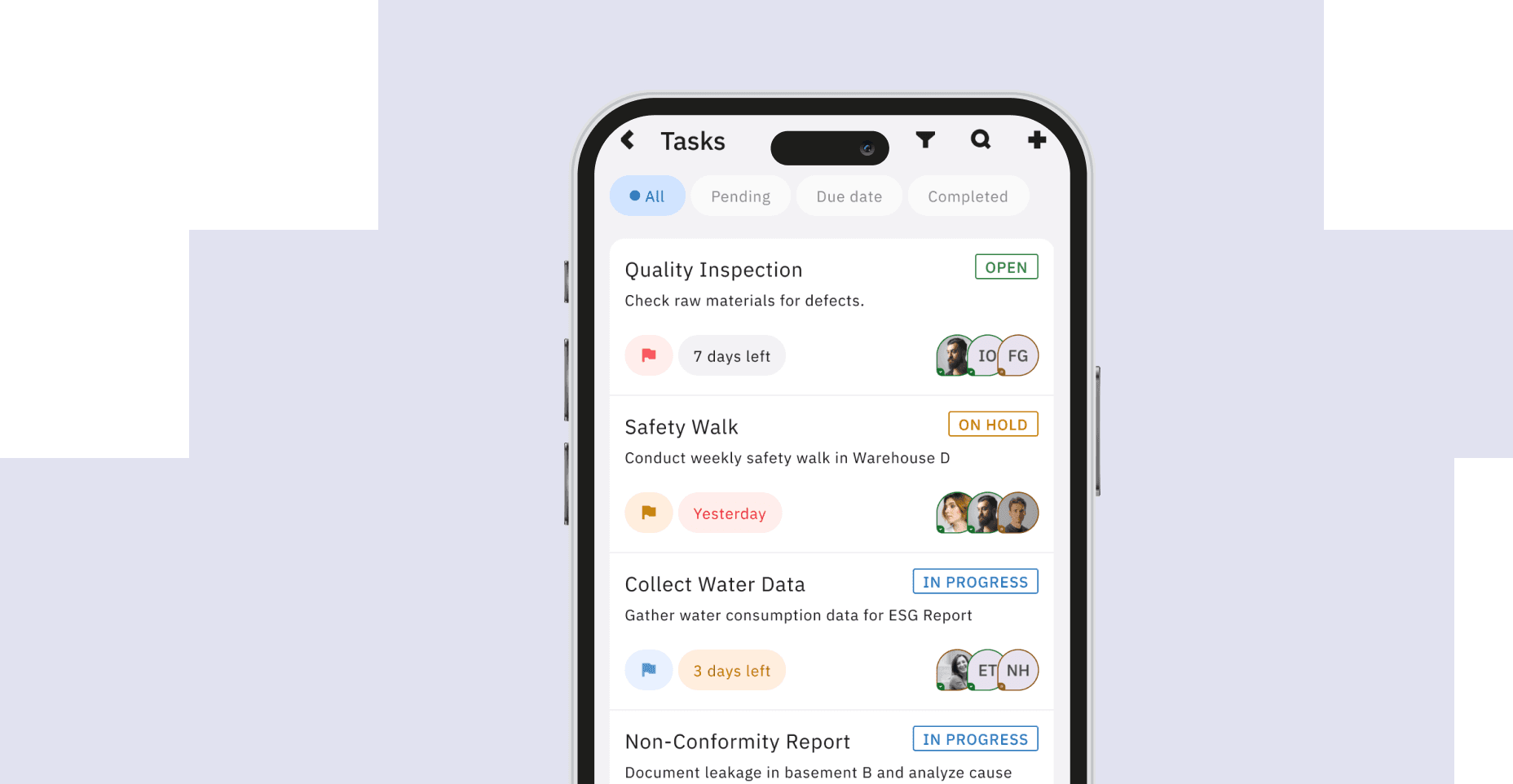

500+ Templates
Each new Tekmon account includes pre-built process templates designed around regulatory standards, industry frameworks, and best practices.

ENROLL IN OUR ENTERPRISE PILOT PROGRAM
1
Brief
We conduct a structured workshop with your process owners to identify and document key manual processes and challenges.
2
Configure
Our team analyzes the information and customizes the platform to digitize selected processes, aligning them with your operational needs.
3
Deploy
We provide user training, deploy the solution without user limits, and develop BI dashboards to monitor performance & KPIs.
CONNECTIVITY
Break tech silos.
Enable seamless data flow between your business systems and essential tools.
Security
Enterprise-grade security with ISO 27001 certification and end-to-end encryption.
CUSTOMER HIGHLIGHTS


Optimizing safety operations in the World's Oldest Metro System
3,500
+
users
12
+
minutes saved per person per shift
ROI 4
x
annually
“Fantastic to see the focus on safety, used the new app based health and safety briefing & sign in process which was really simple, intuitive & easy.”
Andy Lord
Managing Director @ London Underground, London, UK

